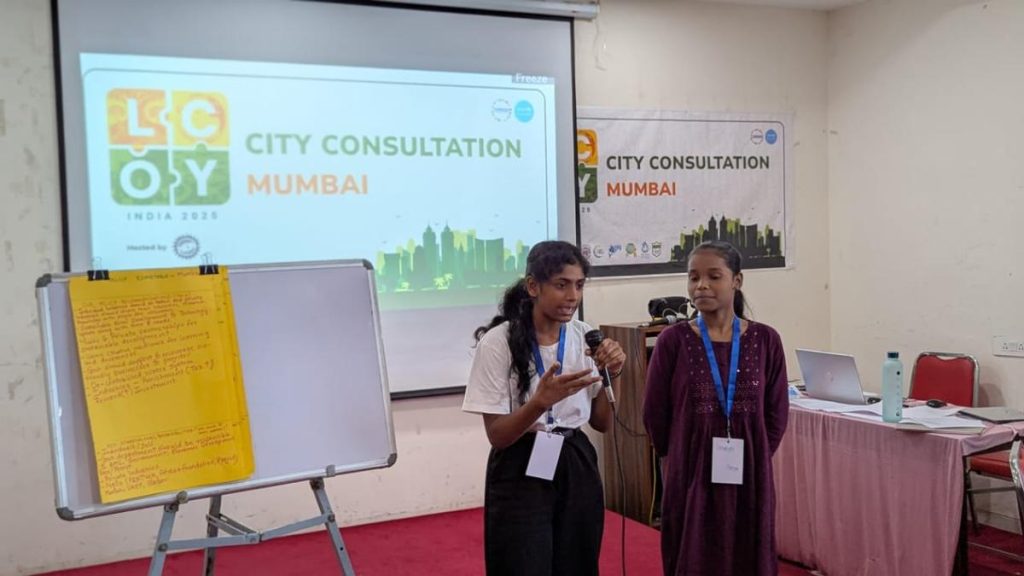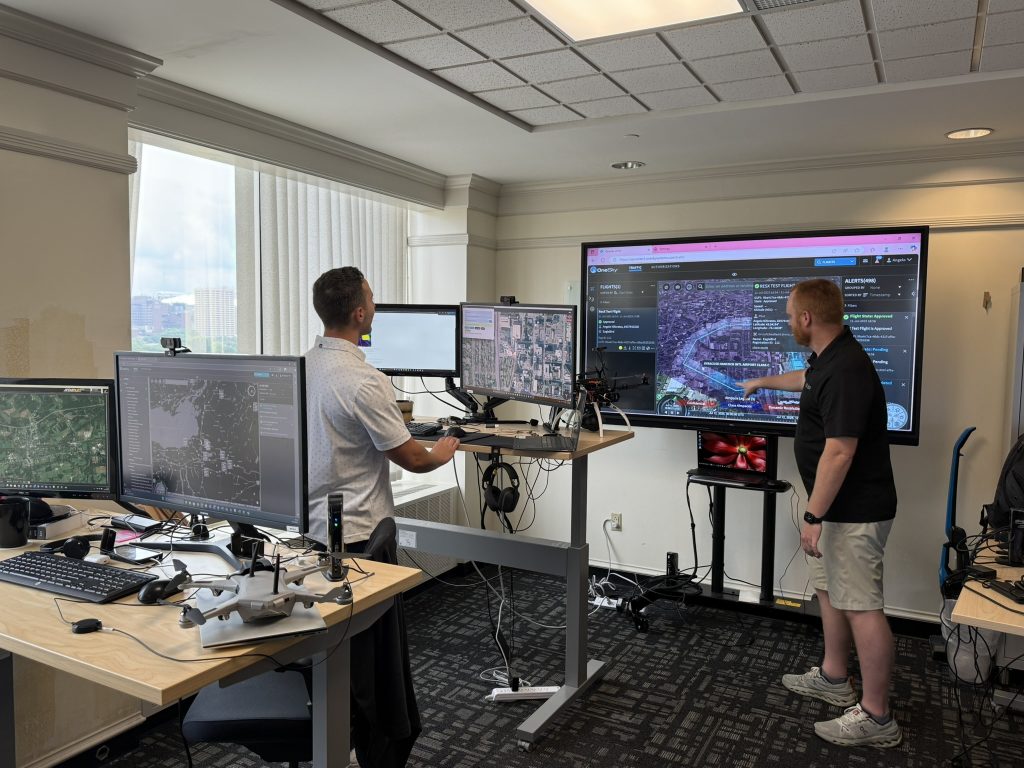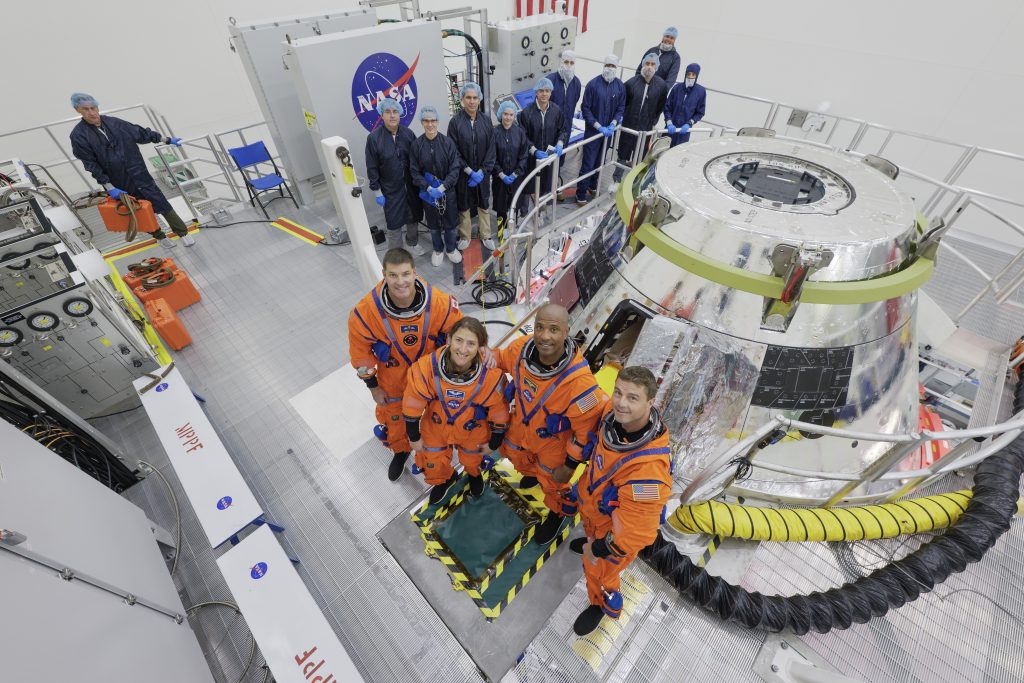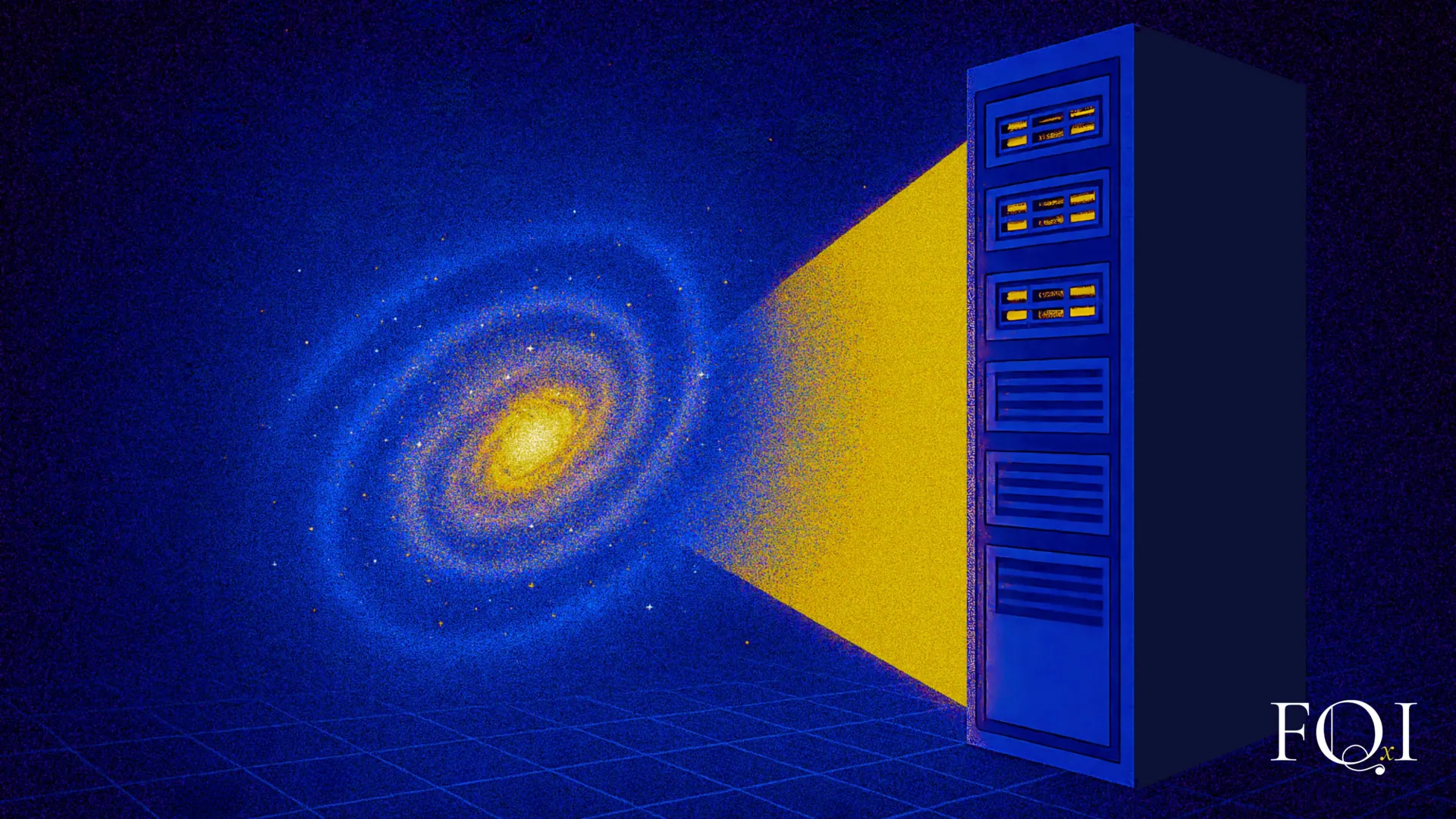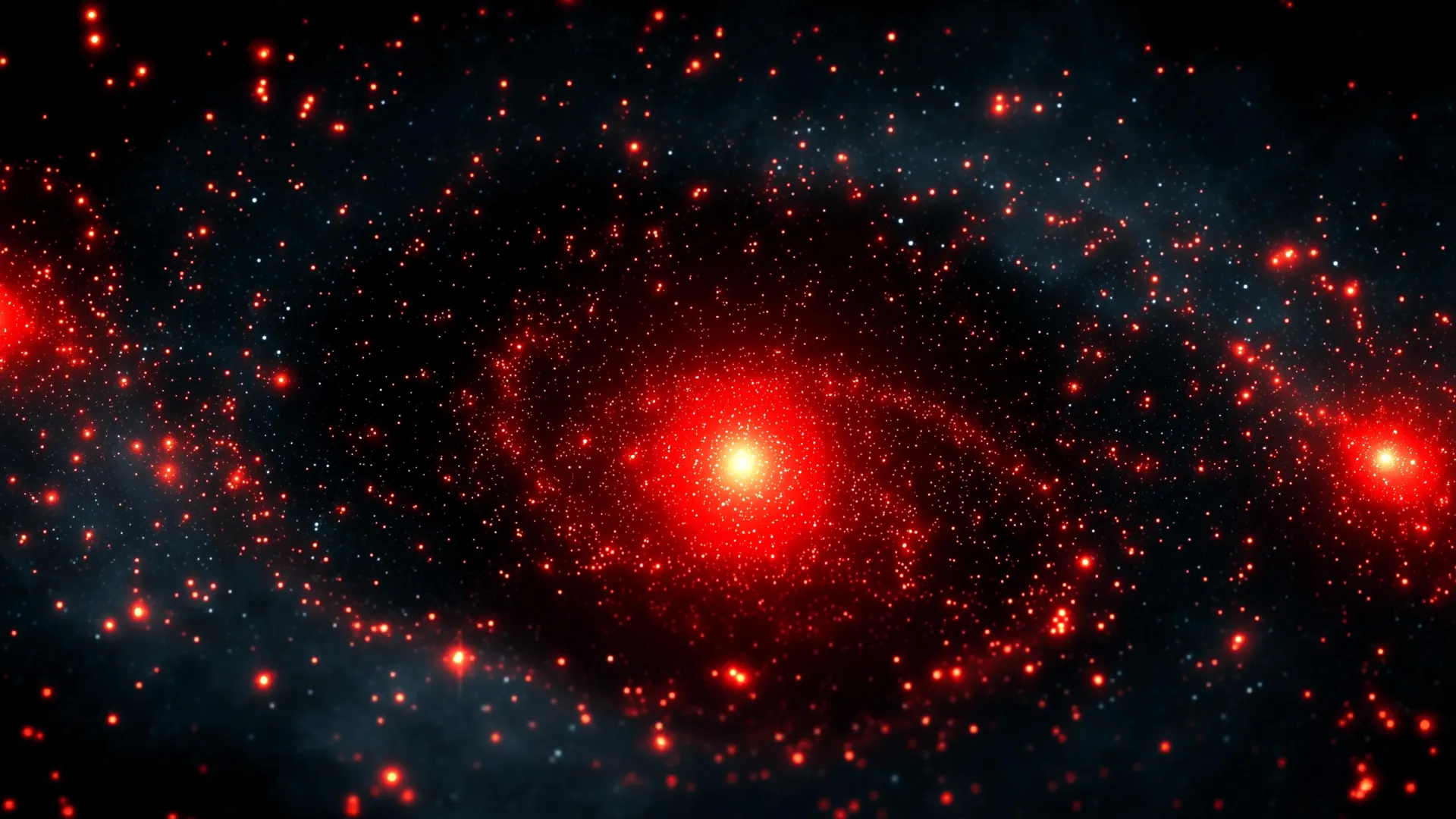Now Reading: Black Hole Destroys Star, Sparks Rare Double Flare in the Universe
-
01
Black Hole Destroys Star, Sparks Rare Double Flare in the Universe
Black Hole Destroys Star, Sparks Rare Double Flare in the Universe
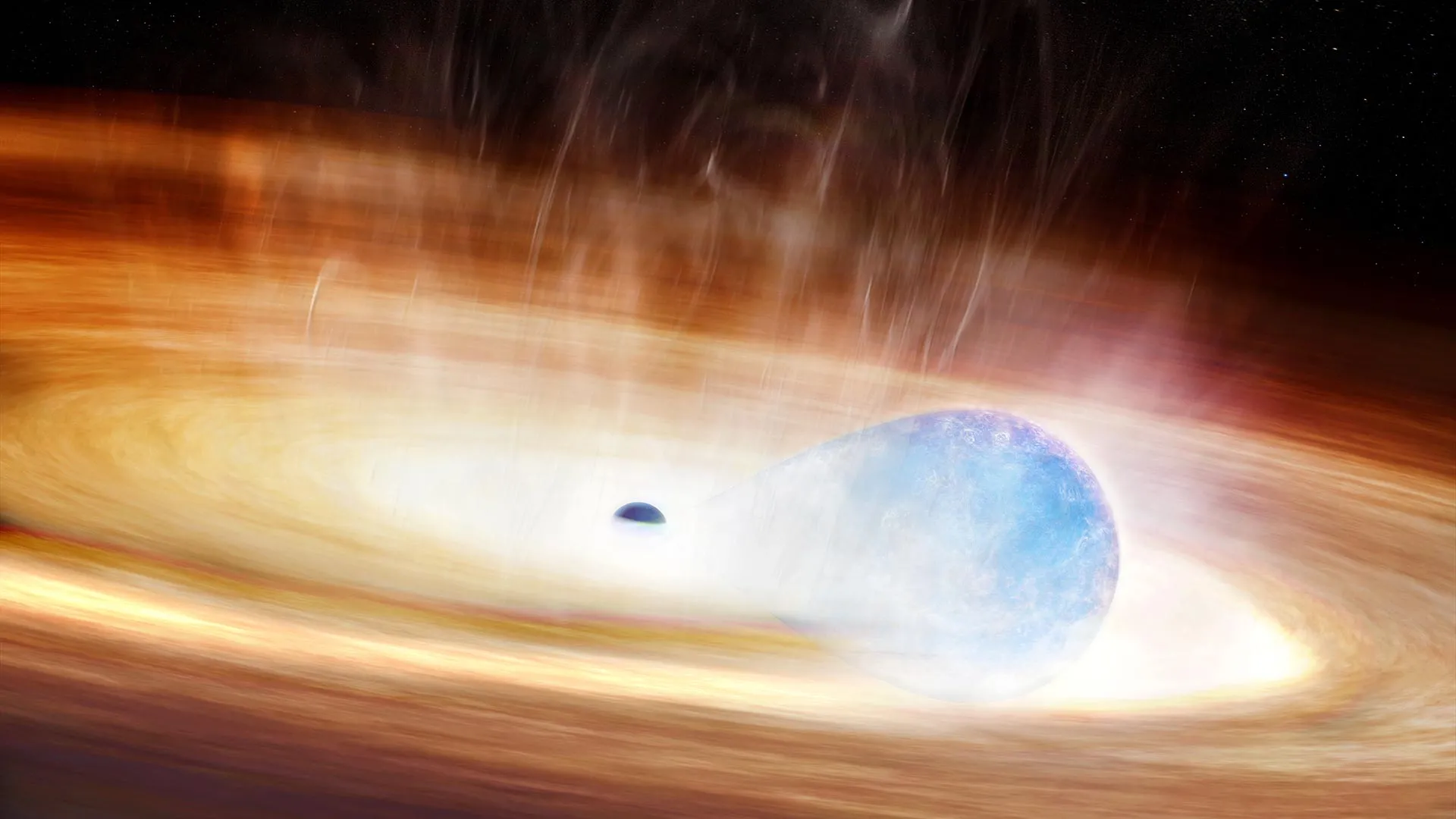
Fast Summary
- Astronomers led by UC Santa Cruz used AI to detect a rare supernova, SN 2023zkd, within hours of its explosion. This enabled rapid follow-up observations.
- The event appears to have been triggered by a massive star’s catastrophic interaction with a black hole,either partially consuming or tearing the star apart.
- Observations revealed unusual behavior: SN 2023zkd brightened months after fading and exhibited pre-explosion activity over four years due to extreme gravitational stress from the black hole.
- Researchers developed and integrated AI tools into their observation platform, aiding real-time anomaly detection for astrophysical events.
- Lead author Alexander Gagliano highlighted this as strong evidence that close interactions between massive stars and black holes can detonate stars.
- Funding uncertainty is impacting long-term research sustainability in this field.
indian Opinion Analysis
The discovery of SN 2023zkd underscores the transformative role artificial intelligence can play in scientific exploration. By enabling rapid identification and detailed study of transient cosmic phenomena, this innovation has unlocked an unprecedented opportunity to understand highly complex processes like star-black hole collisions. The application of AI could extend far beyond astronomy into fields critical for India-healthcare diagnostics or anomaly detection systems in financial fraud prevention come to mind.While groundbreaking scientifically,such advancements also highlight vulnerabilities faced by global collaborative research efforts relying on inconsistent funding-a challenge mirrored by many indian institutions aiming for similar cutting-edge discoveries. Sustained investment in technological infrastructure and AI-driven tools will be crucial if india seeks leadership roles in these domains.


